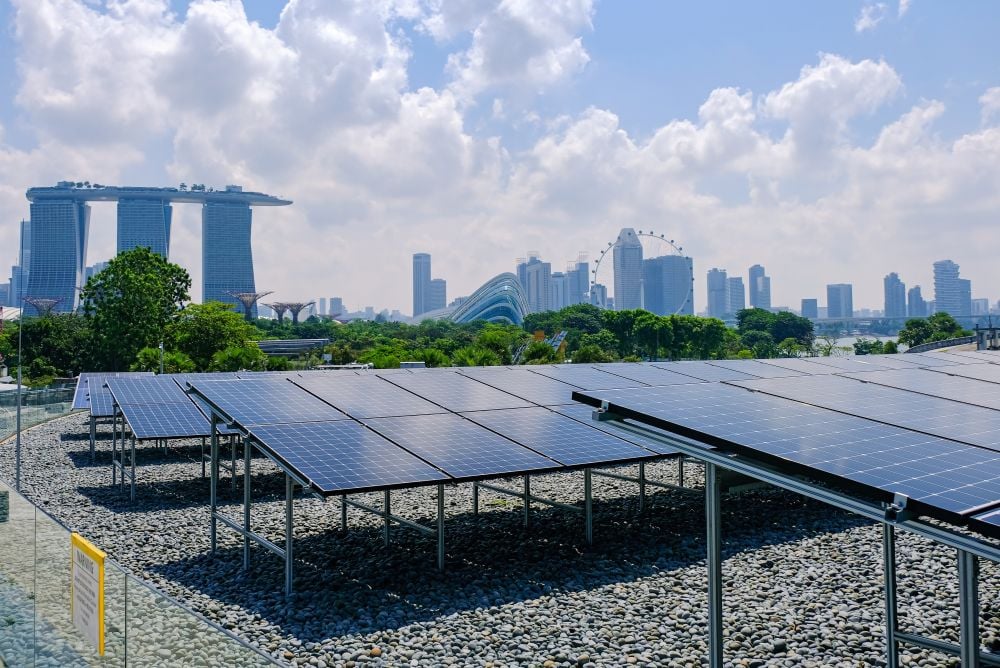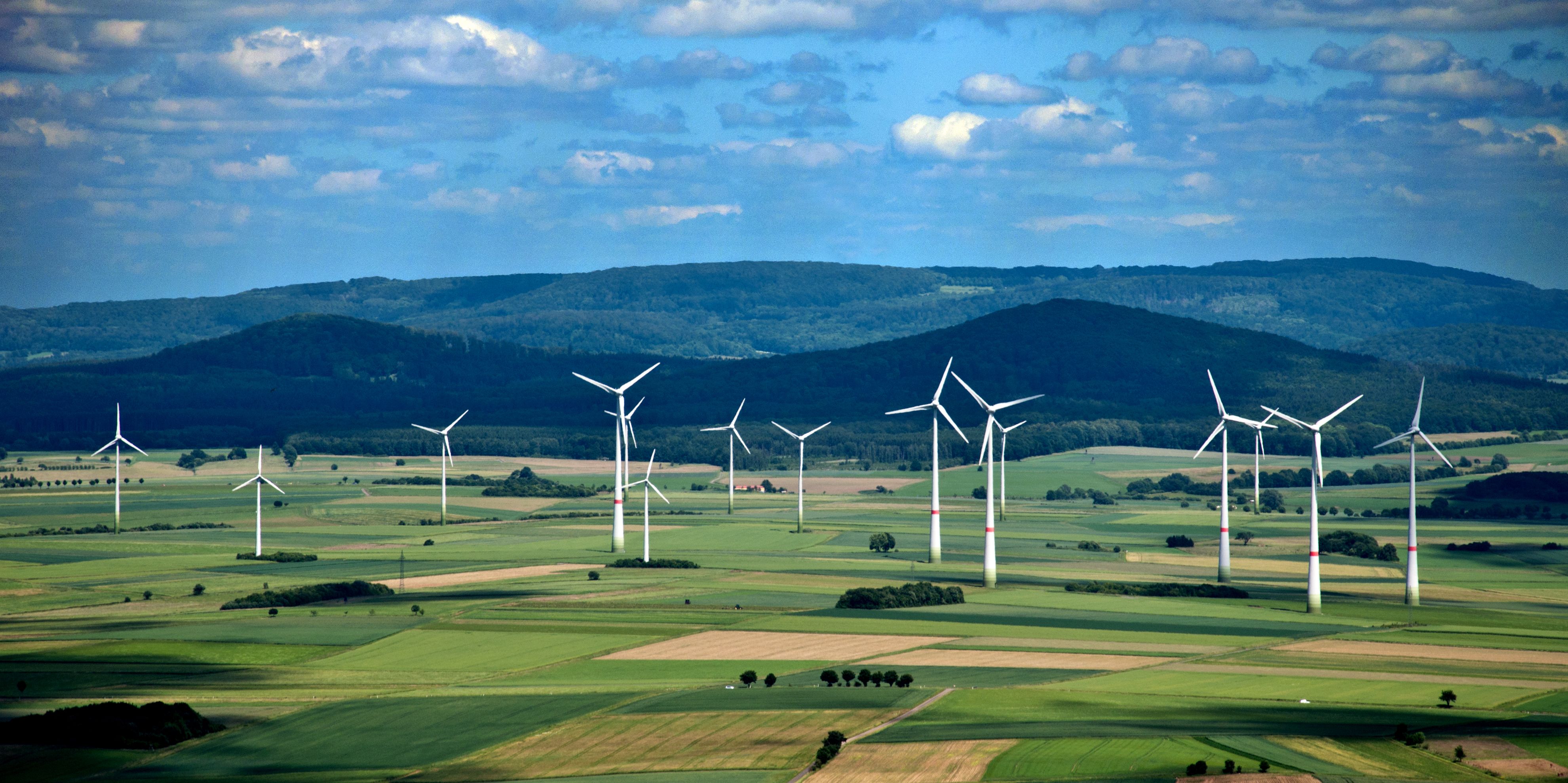Chinese investments into Europe have reached record levels. With 153 separate investments worth US$18 billion last year, Europe has emerged as one of the top destinations for Chinese foreign investments globally, according to Baker & McKenzie.
Growth in the past year has been driven by investments in new sectors such as real estate, food, and financials, as well as traditional areas of investment like energy and automotive. Household names like Pizza Express in the UK and Peugeot Citroën in France saw major Chinese investment in 2014.
"Chinese investments in Europe have become much more diverse in recent years and now extending into all parts of Europe," said Thomas Gilles, chairman of the EMEA-China group at Baker & McKenzie. "What we're seeing is the maturing and normalization of Chinese investment processes in line with the international economy."
In 2013, investment levels dropped as deals in energy and materials declined. However, investment bounced back to record levels in 2014. While crisis opportunities and low valuations still play a part, consistently high levels of investment in an increasing number of sectors and countries where assets no longer look cheap suggests that Chinese FDI in Europe is a structural trend, not just a cyclical phenomenon.
FDI from China into Europe barely existed until 2004 and then averaged less than US$1 billion annually. Then, in 2009, investment flows tripled to nearly US$3 billionn, before tripling again in 2010 to more than US$10 billionn. About US$55 billionn has been invested since 2009.
Over the last decade the majority of Chinese firms have grown their EU market presence through greenfield projects and expansions (69% of all deals). However, the bulk of investment value can be attributed to acquisitions (86% of total value), as these transactions are generally more capital-intensive than greenfield projects and expansions.
In the last three years, the average value of greenfield projects has been growing. Previously consisting mostly of offices and smaller administrative operations, Chinese firms have begun to invest in greenfield projects with significant capital expenditure, including R&D centres in Scandinavia, food processing facilities in France, real estate developments in Britain, and machinery production in Germany. Firms have also ramped up spending on the expansion of existing facilities in Europe including chemical plants, warehouses, and other transportation infrastructure.
The composition of M&A activity has also changed substantially since 2011. One important trend is the growing importance of small and medium-sized M&A deals, often undertaken by financial investors. While megadeals north of US$1 billion still dominate total inbound Chinese investment, small deals (belowUS $100 million) and middlemarket transactions (between US$100 million and US$1 billion) have grown particularly strongly since 2011. More importantly, they are less prone to annual fluctuations than large-scale transactions and provide another confirmation of the structural expansion of China's private sector in Europe.
Gilles explains, "The rise of private equity funds and other financial investors in the Chinese outward investment space is driving a change in investment strategy from full to part ownership, as well as the realization that minority stakes can often help to preserve and create value for less experienced Chinese investors."
Since the turn of the century the four countries which have attracted the most Chinese investment are the UK (US$16 billion), Germany (US$8.4 billion), France (US$8 billion) and Portugal (US$6.7 billion) followed by Italy (US$5.6 billion), the Netherlands (US$4 billion), Hungary (US$2.6 billion), Sweden (US$2 billion), Spain (US$1.5 billion) and Belgium (US$1.2 billionn).
While 70% of the investment over the last decade has gone to those economies which emerged relatively unscathed from the crisis, the last three years have also seen significant Chinese interest in the privatization of state-related industries such as utilities or logistics in countries including Portugal, Italy and Spain.
Chinese investments in the EU are spread across a wide range of sectors. For the 2000-2014, the top recipients of Chinese capital were energy (US$17 billion), automotive (US$7.7 billion), agriculture (US$6.9 billion), real estate (US$6.4 billion), industrial equipment (US$5.3 billion), and information and communications technology (US$3.5 billion).


.jpg)






